Spice lovers and culinary adventurers, prepare to take your flavor game to the next level. While pre-ground spices are convenient, there's nothing quite like the rich aroma and vibrant taste of freshly ground spices. In this article, we'll explore the science, tools, and techniques behind grinding spices at home — and why it's worth the extra effort.
| Type | Description | Pros | Cons |
|---|---|---|---|
| Manual Mortar & Pestle | A traditional stone or ceramic set used for crushing and grinding | Eco-friendly, customizable texture, preserves oils | Labor-intensive, time-consuming |
| Electric Spice Grinder | Compact countertop appliance that uses blades to chop and grind | Fast, efficient, easy to use | Can heat spices slightly, dulling aroma |
| Coffee Grinder (Dedicated) | Modified coffee grinder used exclusively for spices | Very fine grind possible, easy to find second-hand | Risk of cross-contamination if not properly cleaned |
| Hand-Crank Spice Mill | Portable mill operated by turning a handle | Great for small quantities, consistent grind | Not suitable for large batches |
| Pepper/Cumin Mill | Adjustable mills designed specifically for seeds and peppercorns | On-demand grinding, stylish, compact | Limited to certain spices |
| Tool | Best For | Texture Control | Effort Required | Price Range |
|---|---|---|---|---|
| Mortar & Pestle | Small batches, aromatic spices | High | High | $–$$ |
| Electric Grinder | Speed, large quantities | Medium | Low | $$–$$$ |
| Coffee Grinder | Occasional use, fine grind | High | Low | $–$$ |
| Hand-Crank Mill | Portable use, salt/pepper blends | Medium | Medium | $ |
| Seed/Spice Mill | Single spices, table-side use | Low | Low | $$ |
Why Freshly Ground Spices Matter
Ever opened a jar of pre-ground cumin and been underwhelmed by its dusty scent? That's because once spices are ground, their volatile oils begin to evaporate rapidly, leading to a loss of both flavor and aroma.
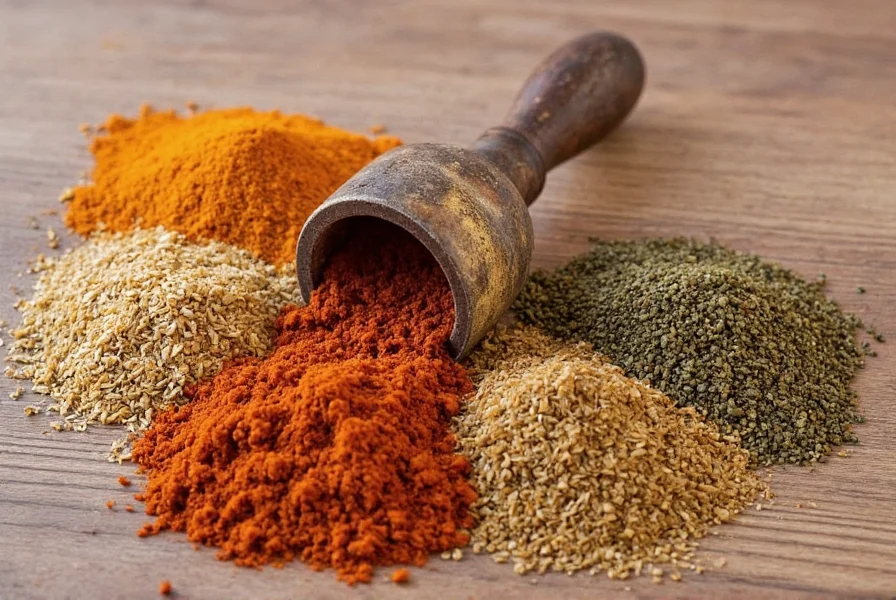
Whole spices, on the other hand, retain their potency far longer. When you grind them just before use, you release the essential oils right when they're needed most — in your dish. The result? More complex flavors, brighter aromas, and an overall upgrade to your cooking experience.
The Flavor Factor
Freshly ground spices can elevate everything from everyday meals to gourmet creations. Here's how:
- More intense and layered flavor profiles
- Better control over texture and consistency
- Customizable blends tailored to your taste
How to Grind Spices Like a Pro
Whether you're using a mortar and pestle or an electric spice mill, technique matters. Here are some tried-and-true tips to help you master the art of grinding spices at home:
Tip #1: Toast First for Maximum Flavor
Dry-roasting whole spices in a pan before grinding enhances their aromatic oils. Just be careful not to burn them!
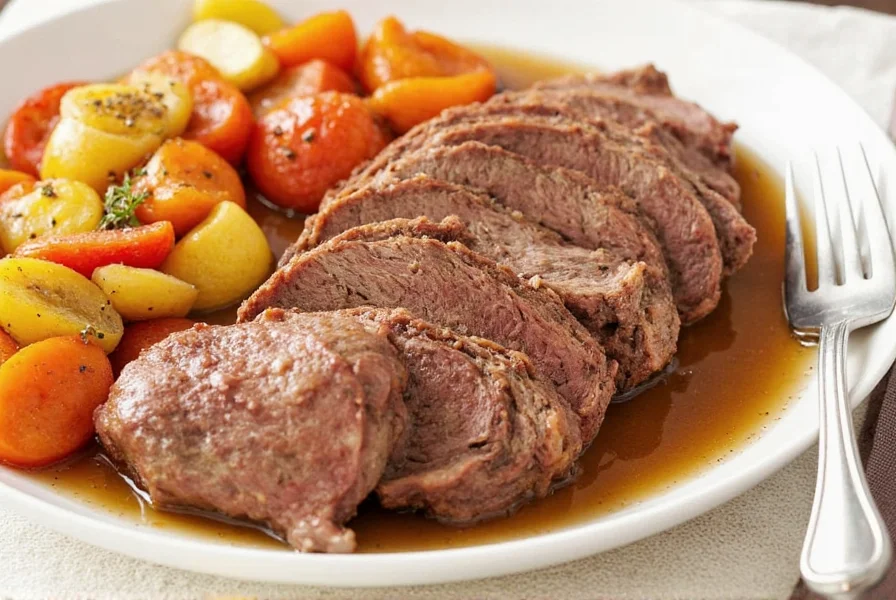
Tip #2: Use Small Batches
Grinding too much at once can lead to overheating (especially with electric grinders), which diminishes the flavor. Aim for single-use portions.
Tip #3: Clean Between Uses
If you're using an electric grinder, wipe the inside with a dry cloth or pulse a spoonful of rice through it to clean out residual oils and avoid flavor mixing.
Tip #4: Store Ground Spices Separately
Once ground, store your spices in airtight containers away from light and heat. They'll last about six months, though freshness will decline after three.
Tip #5: Label Everything
Use chalkboard labels or sticky tags to identify what's in each container and when it was made. This helps track potency and avoid confusion.
Best Spices for Grinding (and Why)
While almost any whole spice can be ground, some stand out for their transformative qualities when crushed fresh:
- Cumin Seeds: Toasted and ground, they become earthy and warm — a base for many global cuisines.
- Coriander Seeds: Slightly citrusy and sweet, these add brightness to rubs and stews.
- Black Peppercorns: Nothing beats the punch of freshly cracked black pepper, especially on steak or pasta.
- Fennel Seeds: Sweet and licorice-like, great for Italian sausage or Indian dishes.
- Cardamom Pods: Remove the seeds and grind for desserts, chai, or curries with depth and floral notes.
- Nutmeg: Freshly grated nutmeg is far more potent than pre-ground — perfect for béchamel, custard, or mulled drinks.
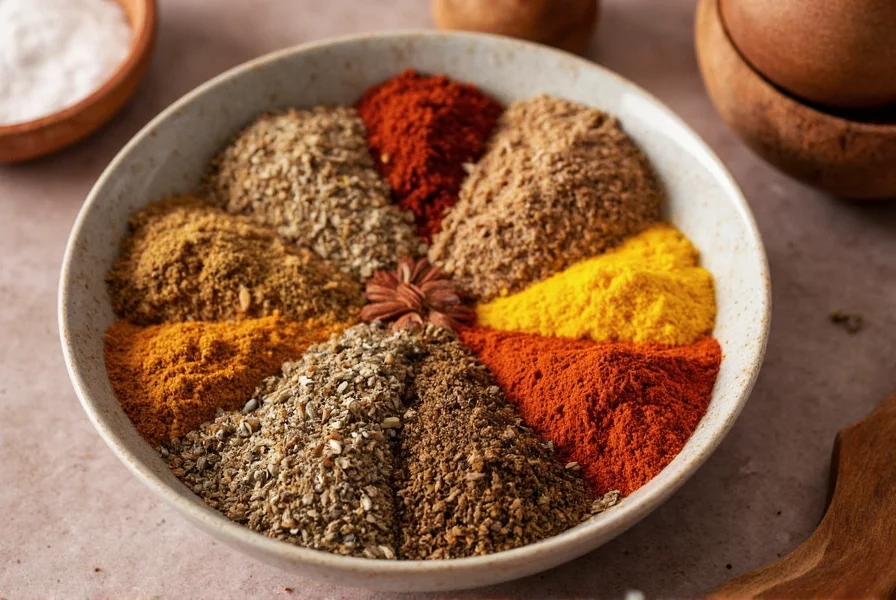
Buying Guide: Choosing Your Ideal Spice Grinder
Picking the right spice grinder depends on your cooking style, kitchen space, and how often you cook with whole spices. Below is a guide to help you choose the best option for your needs:
1. Manual Mortar & Pestle
- Features: Stone or ceramic bowl with matching pestle; comes in various sizes.
- Advantages: Preserves oils, gives full texture control, eco-friendly.
- Best For: serious cooks who enjoy the ritual of grinding, and those making pastes or spice blends.
- Occasions: Weekend cooking, homemade spice mixes, DIY curry pastes.
2. Electric Spice Grinder
- Features: Blade-based, usually with multiple speed settings.
- Advantages: Fast, efficient, ideal for frequent users.
- Best For: busy home cooks, meal preppers, or anyone grinding regularly.
- Occasions: Everyday cooking, quick spice blends, batch processing.
3. Dedicated Coffee Grinder
- Features: Standard coffee grinder repurposed solely for spices.
- Advantages: Readily available, powerful motor, good for fine powders.
- Best For: occasional use, spice enthusiasts on a budget.
- Occasions: Making masalas, seasoning blends, or small amounts of spice powder.
4. Hand-Crank Spice Mill
- Features: Compact, portable, manual crank-driven mechanism.
- Advantages: No electricity required, easy to store, adjustable grind size.
- Best For: camping trips, minimalist kitchens, travelers.
- Occasions: On-the-go grinding, casual use, adding spice directly at the table.
5. Seed & Pepper Mill
- Features: Adjustable grinding chamber with refillable compartments.
- Advantages: Elegant, ergonomic, offers fresh grinding per use.
- Best For: dining tables, restaurants, specialty spice users.
- Occasions: Tableside seasoning, cocktail rimming salts, finishing touches.
Conclusion: Elevate Your Cooking with Freshly Ground Flavors
Grinding your own spices isn't just a fun kitchen experiment — it's a transformative habit that brings new life to your dishes. Whether you prefer the meditative rhythm of a mortar and pestle or the convenience of an electric mill, the difference in flavor and aroma is undeniable.
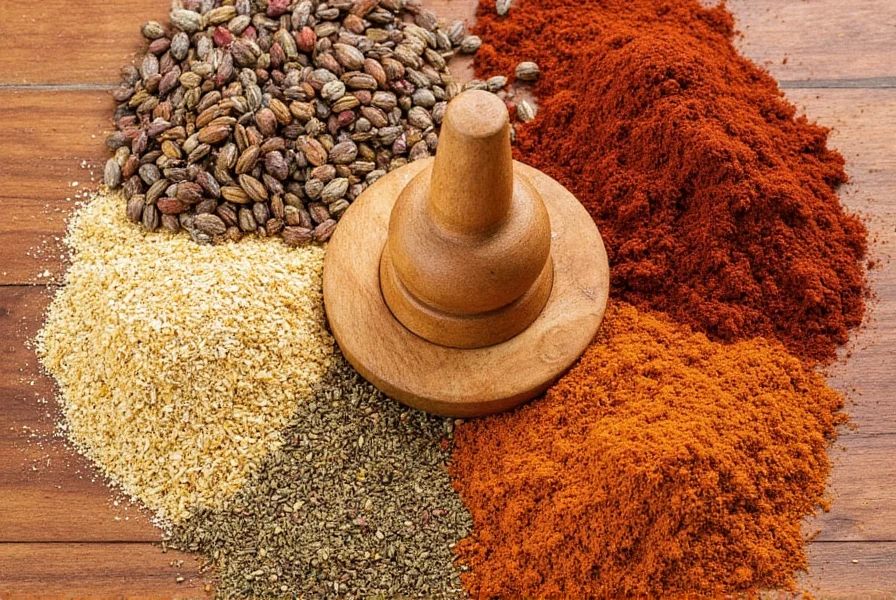
Start with one or two spices you use frequently — like cumin or coriander — and notice how your food tastes richer, more dynamic, and more alive. With the right tools and a little practice, you'll soon find yourself reaching for whole spices instead of pre-ground jars more often than not.
So, dust off that old grinder or invest in a shiny new one. Your kitchen (and your taste buds) will thank you!

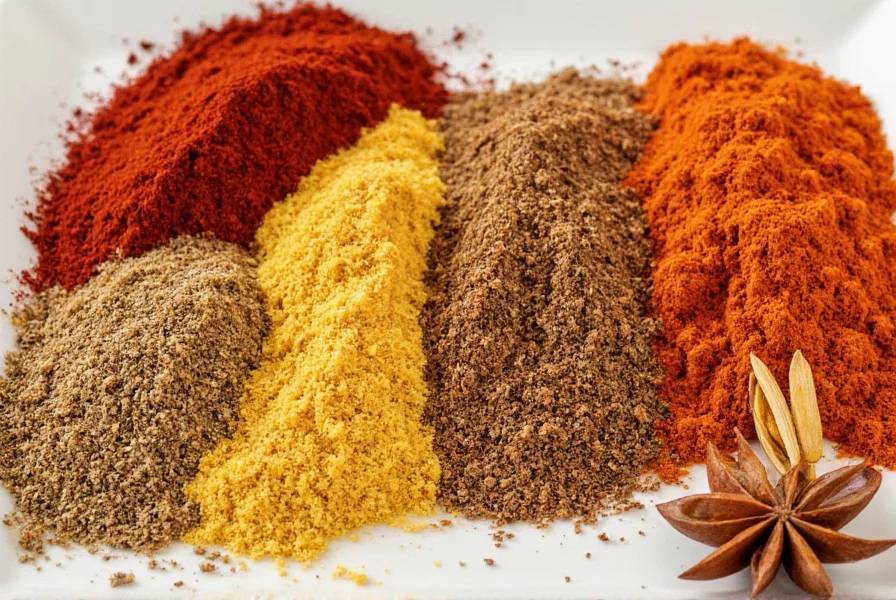









 浙公网安备
33010002000092号
浙公网安备
33010002000092号 浙B2-20120091-4
浙B2-20120091-4